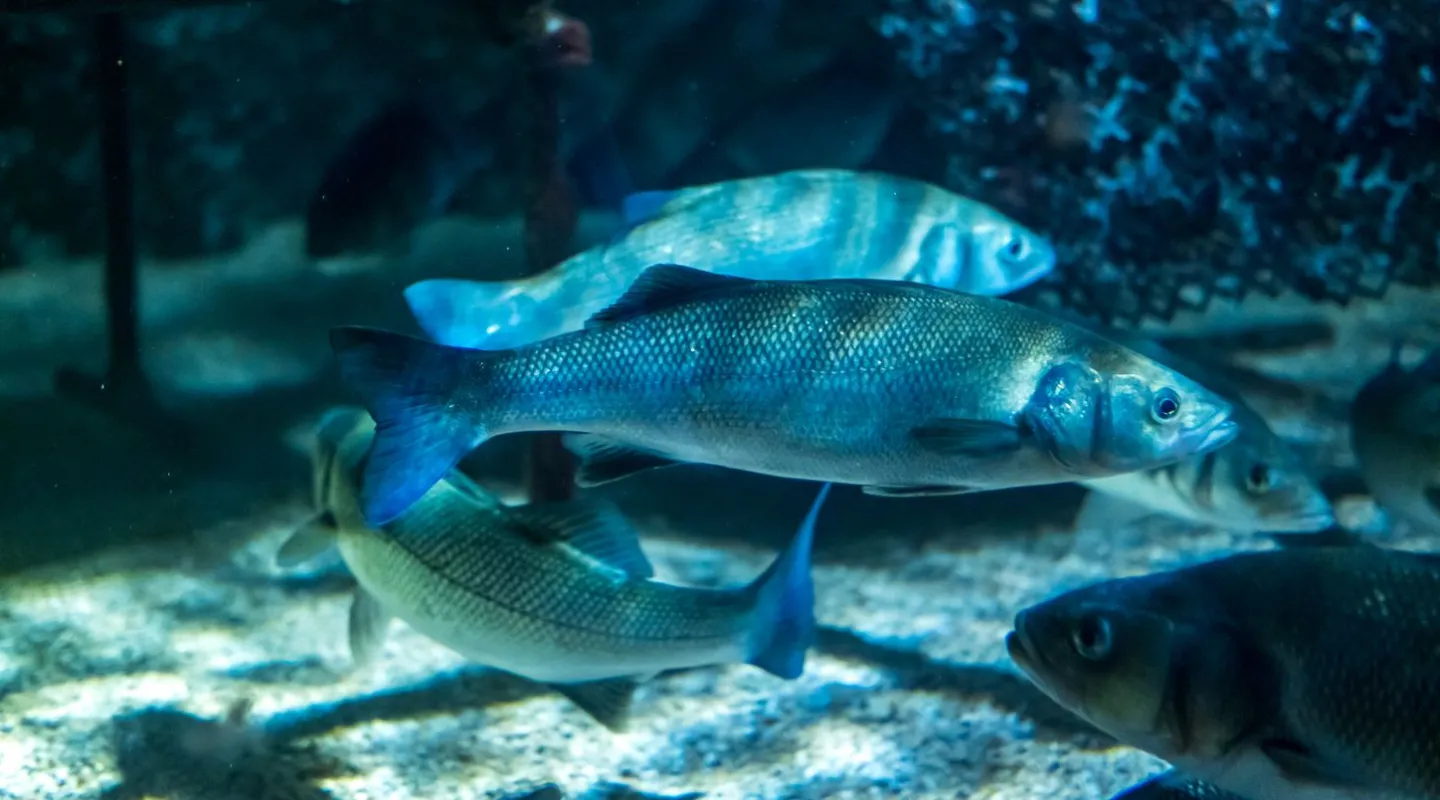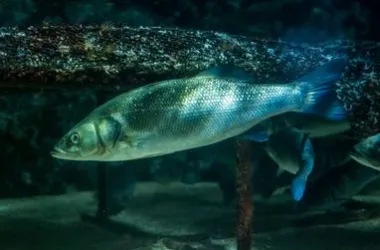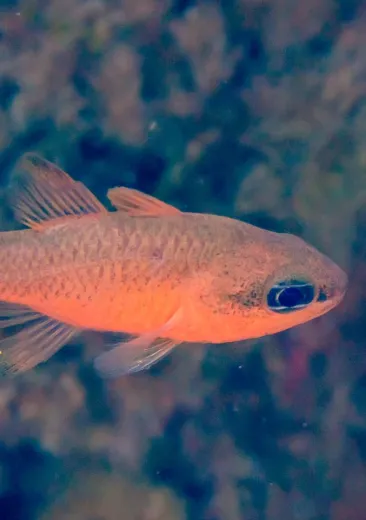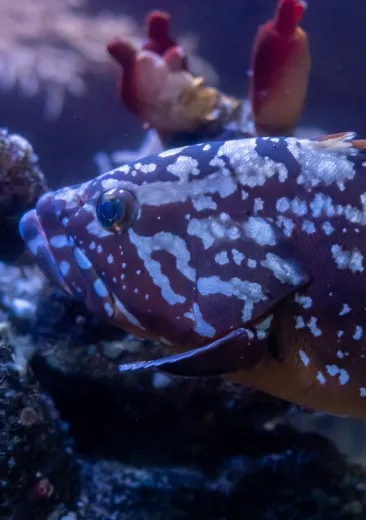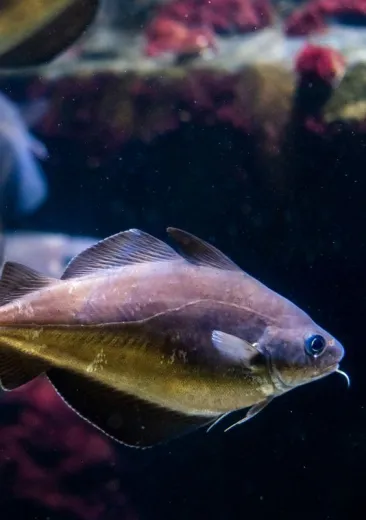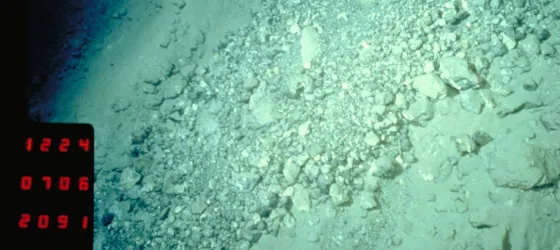This fish is called a "sea bass" in the Atlantic Ocean and a "loup de mer" or "sea wolf" in the Mediterranean. The sea bass is a relatively solitary fish although it may associate with other fish of the same size during its life to form shoals.

Identity card
European Sea Bass
- Scientific name:
- Dicentrarchus labrax
- Family:
- Moronidae
- Class:
- Actinopterygii
- Phylum:
- Chordata
- Year of description:
- Linnaeus, 1758
- IUCN Status:
- Least Concern
- CITES-status:
Not Evaluated
- Distribution:
-
Mediterranean Sea, North-East Atlantic
- Habitat:
-
Between the surface and a depth of about 30 metres.
- Size:
Between 70 and 80 cm on average
- Diet:
-
Crustaceans, cephalopods and fish.
- Longevity:
30 years
